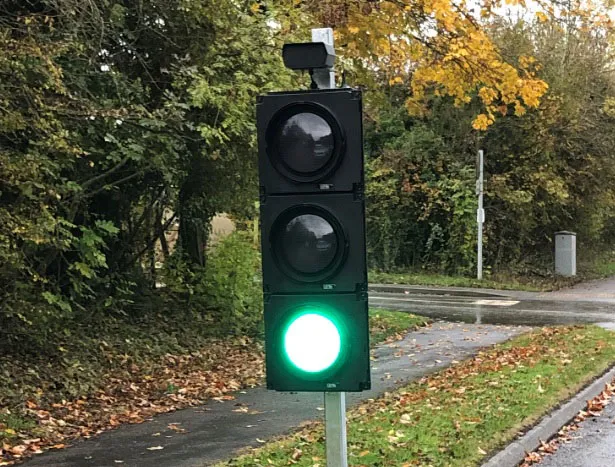The Blighter Revolution 360 mobile e-scan radar from UK company Blighter Surveillance Systems is designed to address the growing need for low-cost and lightweight mobile radar surveillance systems within the military market and in commercial and state security applications.
Consuming less than 100 watts of power and with a 38kg mast payload, the system detects small and slow moving targets, even in cluttered environments, thanks to the radar’s coactive frequency modulated continuous wave (FMCW) doppler
December 3, 2013
Read time: 1 min

The 7543 Blighter Revolution 360 mobile e-scan radar from UK company Blighter Surveillance Systems is designed to address the growing need for low-cost and lightweight mobile radar surveillance systems within the military market and in commercial and state security applications.
Consuming less than 100 watts of power and with a 38kg mast payload, the system detects small and slow moving targets, even in cluttered environments, thanks to the radar’s coactive frequency modulated continuous wave (FMCW) doppler fasts-scan processing. The radar can detect a walking person at 7.4 kilometres or a large moving vehicle at 22 kilometres. Blighter Revolution 360 is designed for vehicle or trailer mast-mounting and revolves around its mast, allowing it to sit beneath an integrated electro-optic camera system.
With its wide 20o continuous elevation beam coverage, which can be increased to 40o via an optional motorised tilt option, Blighter Revolution 360 is suitable for mobile deployment in hilly or mountainous areas.
Consuming less than 100 watts of power and with a 38kg mast payload, the system detects small and slow moving targets, even in cluttered environments, thanks to the radar’s coactive frequency modulated continuous wave (FMCW) doppler fasts-scan processing. The radar can detect a walking person at 7.4 kilometres or a large moving vehicle at 22 kilometres. Blighter Revolution 360 is designed for vehicle or trailer mast-mounting and revolves around its mast, allowing it to sit beneath an integrated electro-optic camera system.
With its wide 20o continuous elevation beam coverage, which can be increased to 40o via an optional motorised tilt option, Blighter Revolution 360 is suitable for mobile deployment in hilly or mountainous areas.










